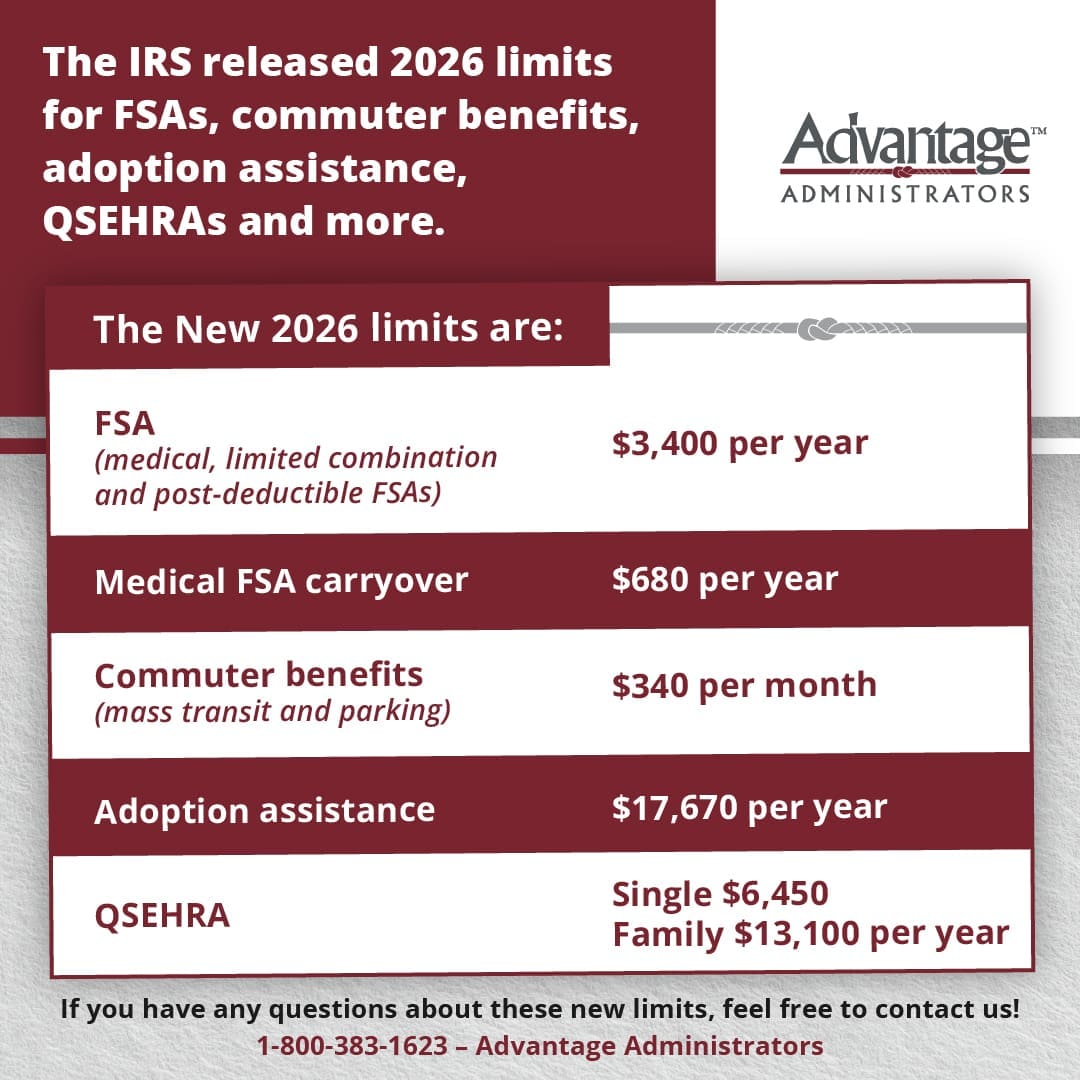Here’s How You Reach HSA Investment Success
Are you investing in a health saving account (HSA)? Only 5% of HSA participants invest their funds, but all profits are tax-free and grow faster than a 401(k) or IRA.
Before you start investing, be sure to make a plan. Advantage Administrators recommends this three-step process.

1. Determine Your Investments
Instead of jumping headfirst into investing in an HSA, we recommend identifying a few numbers, including monthly expenses and current disposable or investable income, in addition to creating an estimate of future earnings.
These numbers will help determine what you can invest right away. If you have questions, set up an appointment with Advantage Administrators.
2. Set Goals
When do you want to retire? How much money will you need in retirement? How much do you currently spend each year? These questions should drive your decision on how much money to invest in your HSA account.
The average retirement age is 64 for men and 62 for women, while the average life expectancy in the United States is 79. This means that the average retiree will have 15-20 years of retirement but should plan – and save – for more.
This is where Advantage Administrators recommends using the 4% rule. This rule states that you should only spend 4% of
 your current investment each year of retirement. This rule helps the average retiree save enough for 25-30 years of retirement.
your current investment each year of retirement. This rule helps the average retiree save enough for 25-30 years of retirement.
When you’re ready to get more in-depth in HSA planning, check out our online HSA goal calculator.
3. Weigh Your Options
Once you’ve established how much you want to invest and your goals, it’s time to strategize your approach. Luckily, there are over 8,500 types of funds and investment opportunities in your HSA to help you meet your goals.
What Now?
Now that you’ve invested in an HSA, there are a couple things to remember. One is to monitor your investments. While some do it daily, some prefer to do it quarterly. Regardless, when checking your HSA, remember the following:
- Review available fund options
- Evaluate your investments’ performances
- Consider potential life changes that may impact what you’re able to invest
 Another step Advantage Administrators highly recommends is adjusting your investment goals. As your life changes, funds do too. By tracking healthcare expenses and taking a personalized risk assessment, you can make sure you have enough money to cover healthcare after retirement.
Another step Advantage Administrators highly recommends is adjusting your investment goals. As your life changes, funds do too. By tracking healthcare expenses and taking a personalized risk assessment, you can make sure you have enough money to cover healthcare after retirement.
Lastly, if you prefer a hands-off approach to investment strategy, we recommend utilizing automation. There are several programs that allow you to automatically transfer funds from your cash to HSA accounts.
If you have questions about or want to start investing in an HSA, contact Advantage Administrators.










 Flex Plans
Flex Plans Forms
Forms HSA
HSA HRA
HRA Retirement
Retirement Health Shopper
Health Shopper FSA Store
FSA Store

 your current investment each year of retirement. This rule helps the average retiree save enough for 25-30 years of retirement.
your current investment each year of retirement. This rule helps the average retiree save enough for 25-30 years of retirement. Another step
Another step